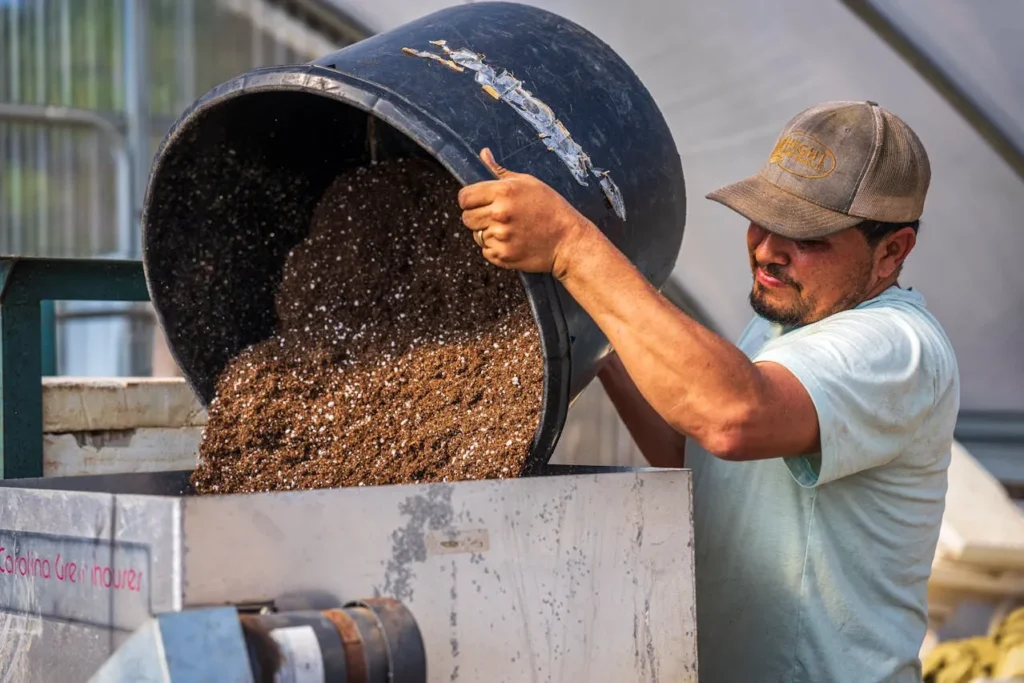Soil is not just dirt beneath our feet; it’s a vibrant, living ecosystem that is vital to agriculture and global ecological health. Understanding and implementing soil regeneration techniques is crucial for sustainable farming practices and environmental conservation. This article explores the science behind revitalizing our planet’s soil.
The Fundamentals of Soil Health Restoration
Soil health involves the maintenance and enhancement of the soil’s physical, chemical, and biological properties. Healthy soil is crucial for plant growth, water filtration, and climate regulation. Restoring soil health means improving its structure, enhancing nutrient content, and increasing its biodiversity, which in turn supports healthier crops and ecosystems.
Enhancing Microbial Activity in Soil
Microbial activity is a cornerstone of fertile soil, helping to decompose organic matter and cycle nutrients essential for plant growth. To enhance this activity, farmers can add compost, manure, or plant residues to their fields. These additions increase microbial diversity and activity, leading to more robust soil health and plant productivity.
The Role of Organic Matter
Organic matter is the lifeblood of fertile soil. It improves the soil structure, holds water, provides nutrients, and feeds the microbial life that supports plant growth. Increasing organic matter can involve practices such as applying compost, leaving crop residues, and practicing reduced-tillage farming. These techniques help build a sustainable soil ecosystem that can maintain productivity and resist disease.
Preventing Soil Erosion
Soil erosion not only depletes the land of its fertile topsoil but also affects water quality and can disrupt local ecosystems. Techniques to prevent erosion include contour farming, maintaining vegetation cover, and creating buffer strips along waterways. These practices help preserve soil integrity, preventing sediment loss during heavy rains and reducing surface runoff.
The Impact of Cover Crops
Cover crops, such as clover, vetch, and rye, are planted during off-season times when soils might otherwise be left bare. These crops protect and enhance soil by preventing erosion, improving soil structure, increasing organic matter, and suppressing weeds. Moreover, they help fix nitrogen in the soil, reducing the need for chemical fertilizers.
The Science Behind Soil Regeneration
Soil regeneration is grounded in improving the interactions between soil’s physical, chemical, and biological components. Scientists and agronomists study these interactions to develop better management practices that restore soil health and function. This scientific approach helps tailor regeneration techniques to specific environments, ensuring effective and sustainable outcomes.
Final thoughts
Investing in soil health is an investment in the future of farming and environmental preservation. By understanding and implementing soil regeneration techniques, farmers and gardeners can transform their practices to support more robust crop yields and healthier ecosystems.
Ready to take the next step in supporting sustainable agriculture? Enviro.Farm is leading the AgriFood revolution with a zero-emission, circular farming system that promises to boost profits while protecting the environment. Our innovative approach is projected to deliver 30%+ annual returns and transform the future of food production. Click here to explore how you can be part of this high-growth opportunity and help reshape the global food industry with Enviro.Farm. Join us today!

